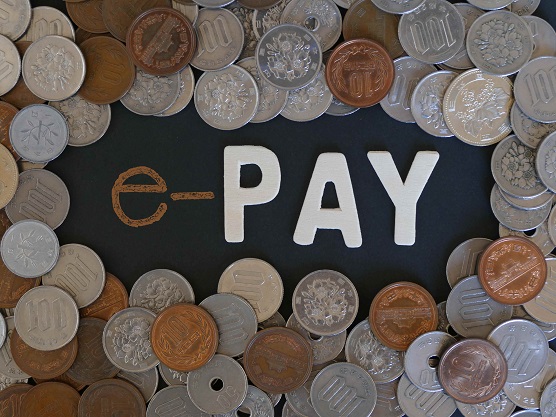 ©Shutterstock/soi7studio
©Shutterstock/soi7studioApple’s own relatively early push in this area was with the Passbook feature, which arrived with iOS 6 and was renamed Wallet with iOS 9. The introduction of Apple Pay, which launched in October 2014, placed Apple smack in the middle of the mobile payments space, with what potentially is a big deal, especially in the long term.
Currently, Apple Pay works with the iPhone 6, 6 Plus, 6s, 6s Plus, SE, 7, and 7 Plus, along with some recent iPad models and the Apple Watch.
If you have a 3D Touch–capable model, you can press against the Wallet app and summon yet another Quick Actions menu, allowing you, for example, to view your last transaction.
If you have the Apple Watch, check out the Watch app on the iPhone. It’s the place to pair your iPhone with your Apple Watch and choose settings and apps for the watch. An Activity app tied to the Apple Watch also appears on the phone.
But let’s not digress. With any of the credit or debit cards stored in the Wallet app on your phone, you can press the Touch ID button on the phone to make a payment at a participating merchant — more than 1 million retail locations have contactless payments terminals with the NFC (near field communication) capability required to complete such transactions in physical stores and are otherwise compatible with Apple Pay.NFC technology is built into all iPhone 6 and 7 models. (Apple Pay works also with online transactions.)
With the arrival iOS 10, you can use Apple Pay on your iPhone to pay for stuff you buy on the Safari website.
At a retail store, you can use a credit card stored in Wallet to make a payment by gently pressing your finger against the Touch ID button as you hold the phone within about an inch of the terminal — the requirement to use your own fingerprint to transact is a darn good security measure. Meanwhile, Apple is kept in the dark about the details of the transaction: The company doesn’t know how much you spent or what you bought. Instead, payment information is stored on a chip on the phone called the Secure Element.Even ahead of Apple Pay, some people used the iPhone to scan boarding passes at the airport or to pay for coffee in a Starbucks through a third-party app. Wallet provides a single repository for all these items, along with movie tickets, coupons, and gift cards. No more fumbling through printouts, apps, or emails to find the right ticket, coupon, or pass.
Moreover, Apple has made it so that Wallet is time and location based. In other words, the boarding pass appears when you get to the airport, even (with your permission) on the iPhone Lock screen, and you’re notified of any gate changes. Or walk into the coffee shop and the appropriate gift card pops up.
You can find Wallet-capable apps in the App Store. You may also see an Add to Wallet link on a merchant’s website — just make sure you’re signed in to your iCloud account to add passes to the Wallet app. And you can scan Wallet bar codes with the iPhone camera.
To use a given pass, tap it in the Wallet app and then point it at the barcode reader or scanner at the terminal, neighborhood multiplex, stadium, hotel, department store, or whatever other place you frequent.To show a pass on the Lock screen, tap the i-in-a-circle at the bottom right of the pass and make sure that the Show on Lock Screen switch is on.
You can share passes using Mail, Messages, or AirDrop.
Your iPhone truly does have all the bells and whistles!




